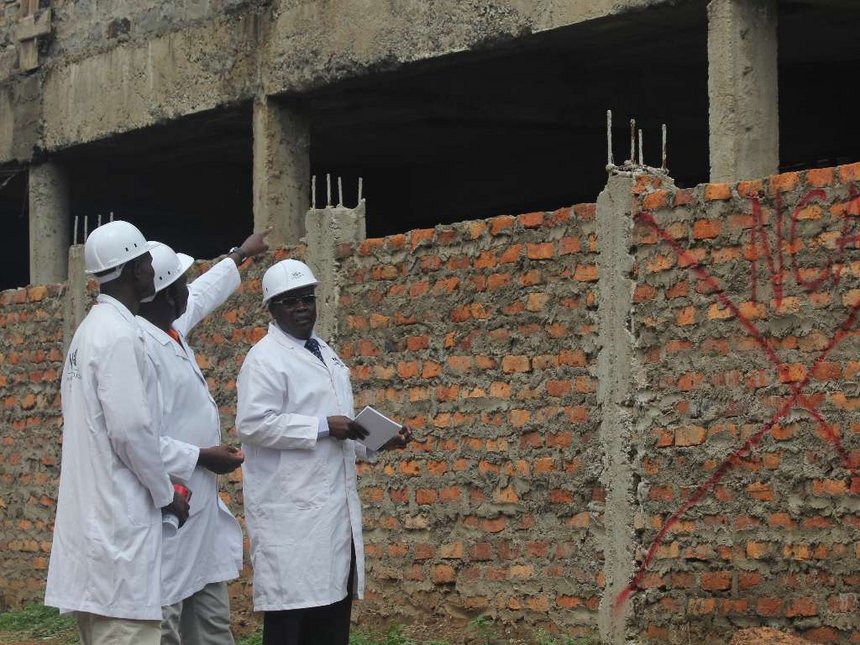The construction industry faces plenty of challenges with both big and small companies struggling to counter them. We reveal why running a construction business in Kenya is not as simple as it looks and what to expect if you’re planning to venture into these murky waters.
The approval process is a pain
Before being allowed to put up any development project, one is required to obtain various approvals from different agencies. The architect handling the project on a client’s behalf will first visit the Survey Office of Kenya to obtain a survey plan, then submit this together with architectural plans and later structural plans among other documents at the County level. After approval of plans, one is still required to have their project registered with both the National Construction Authority (NCA) and the National Environment Management Authority (NEMA) before proceeding with construction.

The “chain like” nature of the approval system, exposes us to construction failure each time one agency fails to do its job: after all, a chain can only be as strong as its weakest link. In a previous article, I had highlighted how corruption has seen authorities turning a blind eye while a building that is in clear violation of building standards is set up. The saddest bit is that even when you are actually following the proper channels, officials from the various agencies have been suspected to frustrate the process so that you can pay them “something small” for the process to be hastened.
In order to adopt best practice, there is need to amend our existing laws to accommodate having all approvals done under one umbrella. Clients do not need to visit multiple agencies in order to seek approval. Runaway corruption will also need to be tamed so that systems can work as they should.
The launch of the Electronic Development Applications Management System(E-DAMS), currently in use in Nairobi, Kiambu and Mombasa counties is a huge milestone. The system will help in the issuance of development permits online, profiling of ongoing developments for inspection process, support for the planning enforcement process and data collection on inspections and archiving of all data.
This is expected to ensure that building and construction industry services are done fast, cost-effectively and efficiently. It has also been proven that reducing the time in seeking approvals will definitely increase the number of buildings that are compliant with existing bylaws.
Local contractors lack capacity to deliver mega projects
It is no secret that a huge proportion of lucrative government tenders have been awarded to foreign contractors to the detriment of local and citizen contractors. The Kenyan government and the big private sector players in the country favor foreign contractors due to their relatively significant expertise and financial muscle.

The irony here is that the same government denying the local contractors huge infrastructural projects, has hardly attempted to build local capacity. The government can help local firms to secure funds by having a construction bank that can be used to fund large projects both locally or abroad. This has worked for the Chinese, whose companies have hogged most of the mega road projects in Kenya over the last decade as part of the conditions for Beijing financing the projects.
The lack of proper enforcement of the local content clause under the Public Procurement and Disposal Act has also created loopholes that favor foreign companies and has encouraged importation that is unsustainable for promotion of the local industry.
Lack of technical skills and job experience is another major problem affecting capacity. Surprisingly, the main issue is not because there are too many graduates chasing few jobs, but because most graduates lack the necessary skills and experience that the job market requires.
A construction industry survey conducted by the NCA revealed that the sector depends mainly on unskilled laborers, who account for 42% of the employed labor force within the sector. The industry is dominated by 75% of semi-skilled and unskilled construction workers while at the same time experiencing skills shortages in key areas such as plumbing, electrical, masonry, paint works, welding and carpentry.
Skills development and improvement will only be realized once contractors are sensitized to take training/upgrading of their employees skills as a strategy for quality improvement, higher productivity and profitability.







